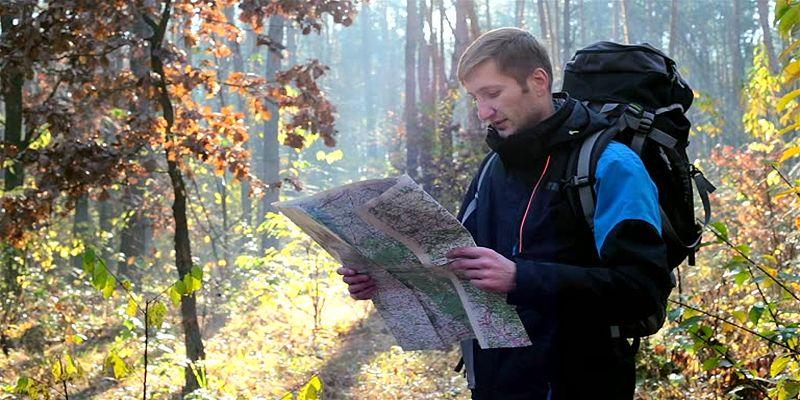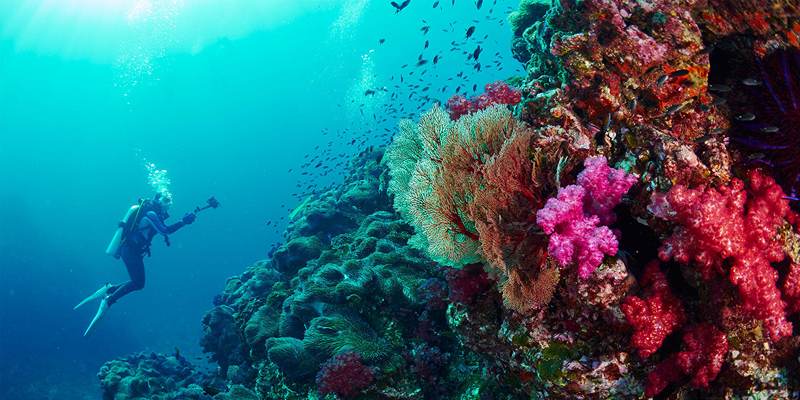Orienteering: A Great Workout for Mind and Body
Orienteering is not only a sports activity but it is an interesting sport that combines exercise and intelligence. This sport has it origins in navigation where those participating are challenged to locate their way across various terrains using only map and compass. First invented as a military sport, orienteering has become a worldwide-recognized outdoor activity. Regardless of the fact whether you want to enhance your health status or explore an extraordinary interesting occupation or an unusual type of leisure, orienteering meets all the challenges and expectations.
What is Orienteering?

At its core, orienteering is about navigation and problem-solving in the natural environment. Participants rely on detailed maps and a compass to move swiftly across an unfamiliar terrain, hitting a series of checkpoints along the way. Originally developed as a method for teaching map-reading skills, orienteering has expanded into a full-fledged sport that is accessible to people of all ages and fitness levels.
There are various forms of orienteering that cater to different interests, including foot orienteering, mountain bike orienteering, ski orienteering, and even urban orienteering. Each variation brings its own unique challenges while retaining the fundamentals of navigation and exploration. Combining mental focus with physical stamina, orienteering is a dynamic exercise for the mind and body.
The Fitness Benefits of Orienteering
Orienteering isn't just fun—it’s a fantastic workout for the whole body and mind. Here's how it benefits your fitness:
1.Cardiovascular Health
Orienteering is an excellent way to improve your cardiovascular health as it involves constant movement across varied terrain. Whether you're jogging through dense forests, climbing steep hills, or traversing open fields, your heart gets a thorough workout. This consistent physical activity strengthens your heart, improves blood circulation, and boosts cardiovascular endurance over time. It’s an enjoyable way to achieve the benefits of a cardio workout while immersed in nature.
2.Strength and Agility
The unpredictable nature of orienteering challenges your body in unique ways. Navigating uneven surfaces, jumping over streams, and maneuvering through natural obstacles like rocks or fallen trees helps strengthen your muscles and improve agility. These dynamic movements engage multiple muscle groups, conditioning your body to adapt to diverse physical demands.
3.Mental Sharpness
Orienteering isn’t just a physical challenge; it’s a mental one too. Balancing navigation with physical exertion requires sharp problem-solving and decision-making skills. You must stay alert, analyze maps, and choose the most efficient routes, all while managing your pace and energy levels. This combination trains your brain to think quickly, adapt to changing situations, and maintain focus under pressure.
Orienteering for All Ages
Orienteering is a sport for everyone, welcoming people of all ages, fitness levels, and backgrounds. Whether you're a child, a seasoned athlete, or a senior staying active, it can be adapted to suit your abilities.
Beginners can start with easier routes on flat terrain, while experienced participants can tackle challenging paths with steep climbs and dense forests. Groups, families, and solo enthusiasts can all enjoy orienteering, fostering teamwork, bonding, and personal growth.
Orienteering as a family is especially rewarding. Kids build navigation and critical thinking skills in a fun way, while adults enjoy both the physical challenge and the mental refreshment of being in nature. It’s truly a multi-generational activity.
Getting Started with Orienteering
Starting your orienteering journey is simple, and the required equipment is minimal. The essentials include a reliable compass, a detailed topographical map, comfortable outdoor clothing, and sturdy footwear. Having a small backpack to carry water, snacks, and basic safety tools such as a whistle and a first-aid kit is also recommended.
Tips on Reading Maps and Compasses
For beginners, understanding how to read a map and use a compass can feel daunting initially, but with a little practice, it becomes second nature. Start by familiarizing yourself with map symbols, contour lines, and scales. Learn to align the map to the terrain around you and connect it with landmarks visible in the real world.
Using a compass is equally important. Begin with simple exercises like finding cardinal directions and gradually move to more complex skills, such as plotting routes and taking bearings. Numerous organizations and clubs offer workshops or beginner classes in navigation, which can be a helpful way to build confidence.
Suggestions for Beginners
For those new to orienteering, it is best to start small. Look for organized beginner events or courses, where the routes are set up with clear, easy-to-reach checkpoints. Social orienteering events are a great way to meet others and learn from experienced participants. Always prioritize safety by informing someone of your intended route and carrying the necessary supplies.
Environmental Connection
A significant aspect of orienteering is its emphasis on fostering a connection with the environment. By exploring natural landscapes, participants gain a deeper appreciation for the beauty and diversity of the outdoors. From towering forests and sparkling rivers to rugged hills and open fields, the joy of navigating through untouched terrain is unparalleled.
Orienteering also encourages participants to practice environmental responsibility. Following the "leave no trace" principles ensures that the sport remains sustainable and has minimal impact on ecosystems. Orienteering groups often take the initiative to clean up trails, educate participants on conservation efforts, and protect wildlife habitats.
Competitions and Events

For those interested in competitive orienteering, events are held worldwide, ranging from short sprints to multi-day endurance courses. Participants test their navigation skills under time constraints while competing against others.
The International Orienteering Federation (IOF) oversees major events like the World Orienteering Championships, while local clubs organize competitions for all skill levels.
Orienteering isn't just about winning. The true reward is in personal achievement—tackling tough routes, improving navigation, and building confidence. These events also create a strong sense of community, bringing enthusiasts together to share their passion.
How to Get Involved
Getting involved in orienteering competitions is straightforward. Begin by checking local orienteering clubs and their schedules for upcoming events. Most organizations offer categories for beginners, intermediates, and experts, ensuring that everyone can engage at their own pace. Even if you’re not ready to compete, spectating events can offer a valuable learning experience and inspire you to take the next step.
Conclusion
Orienteering is a unique sport that blends physical endurance, mental strategy, and a love for the outdoors. Whether you’re seeking a competitive challenge or a fun recreational activity, it offers opportunities for personal growth and community connection. By joining a local club or simply exploring the sport at your own pace, you can experience the thrill and fulfillment that orienteering provides. Its inclusive nature ensures that people of all ages and abilities can participate, making it a truly accessible adventure. Start your orienteering journey today and discover the joy of navigating through nature while challenging yourself in new ways.












